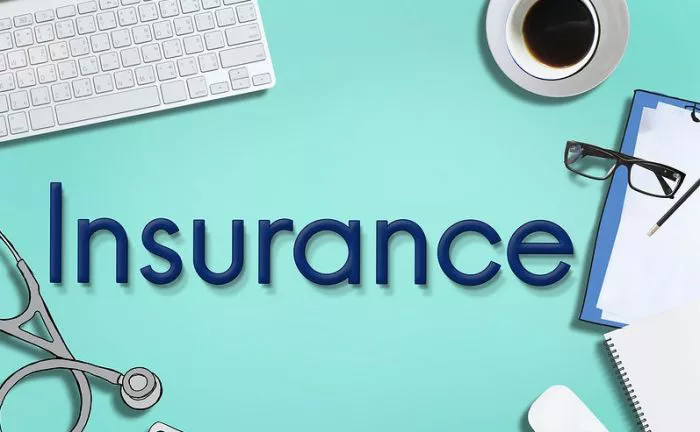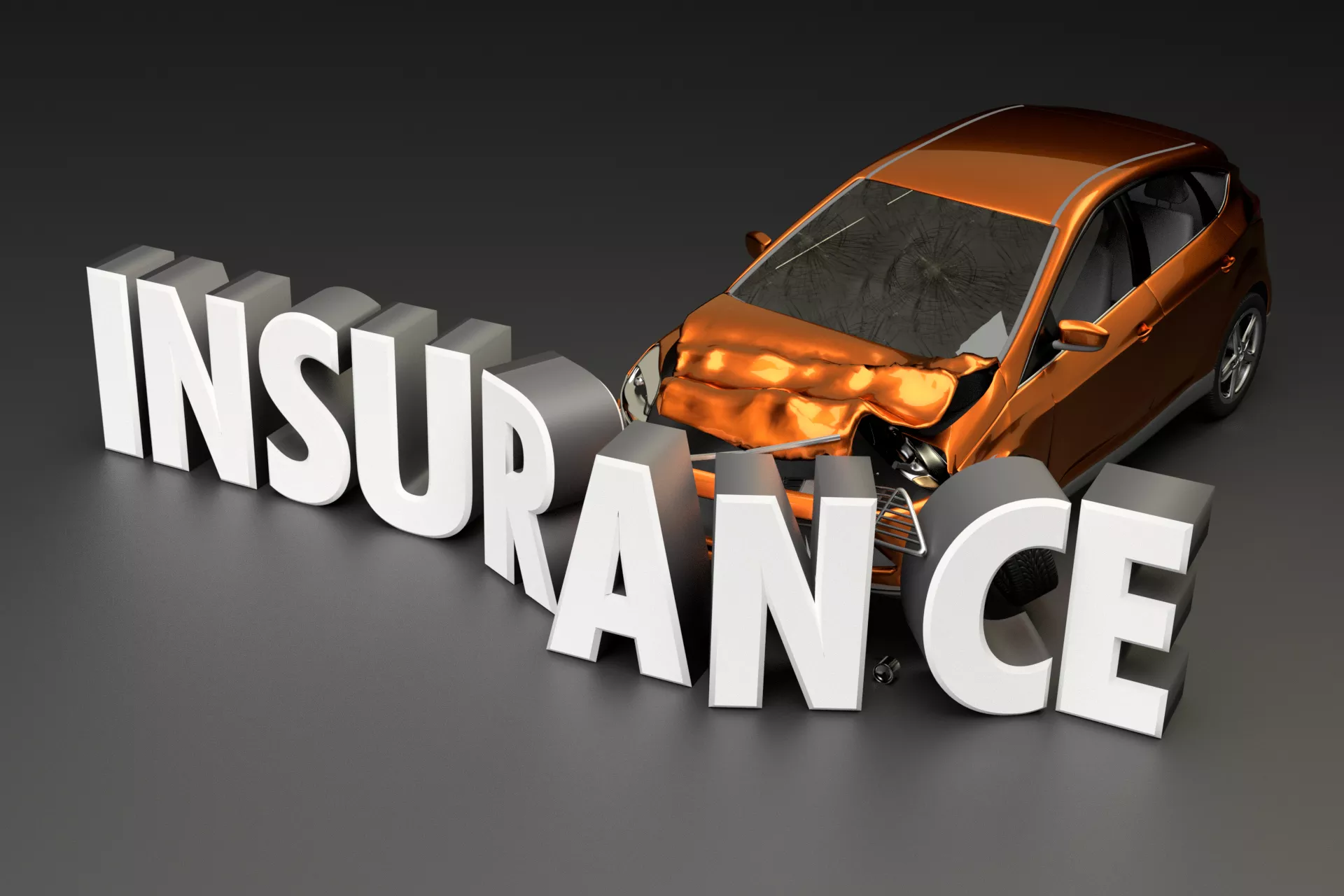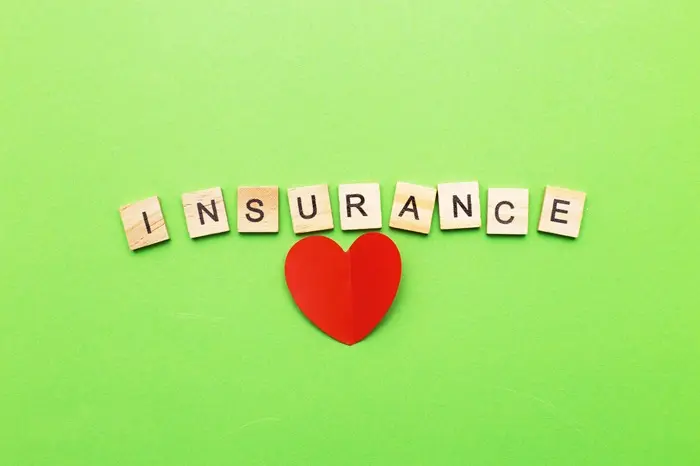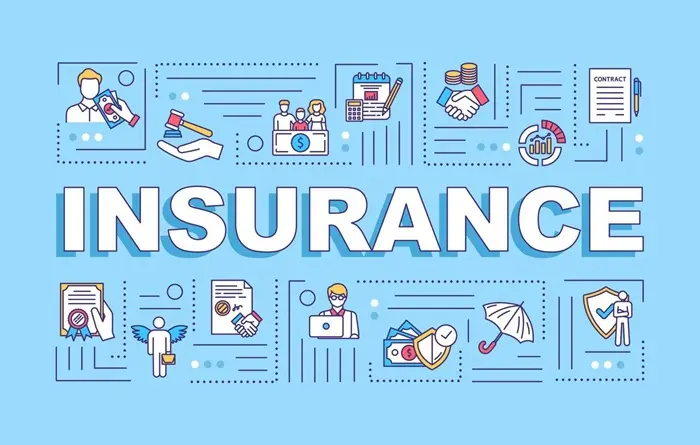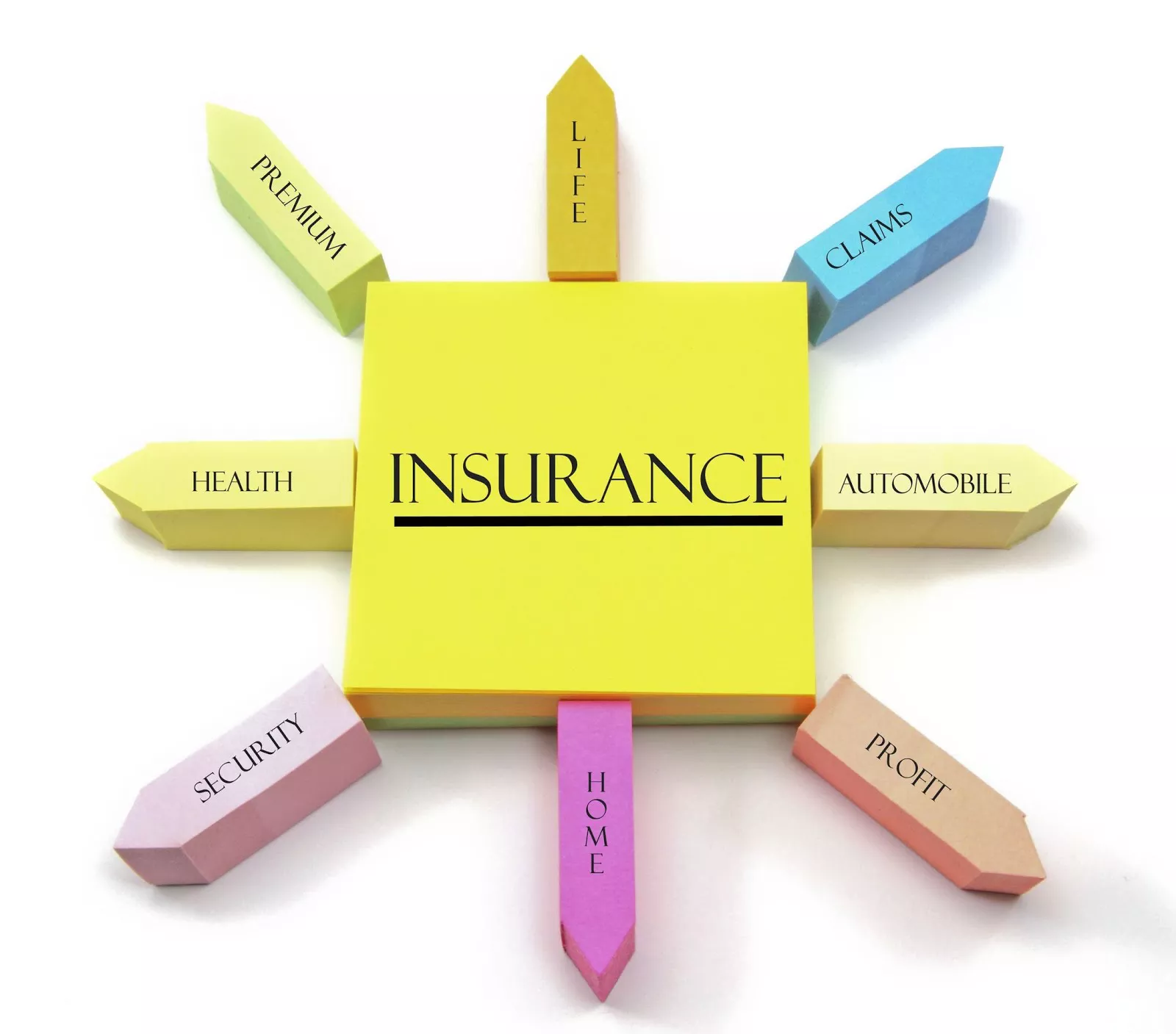Car insurance is a legal requirement for all drivers in New York State (NYS). The state mandates specific minimum coverage levels to ensure financial protection for drivers, passengers, and other road users. Understanding these requirements is crucial for compliance and avoiding penalties. This essay explores the minimum car insurance coverage in NYS, its components, and why meeting these standards is essential.
New York operates under a “no-fault” insurance system, meaning that regardless of who causes an accident, each driver’s insurance covers their own medical expenses and related costs. The state sets strict minimums to ensure drivers can cover potential liabilities. Failing to maintain the required insurance can result in fines, license suspension, or even vehicle impoundment.
This essay will break down the minimum coverage types, explain their importance, and discuss additional optional protections. By the end, readers will have a clear understanding of NYS car insurance laws and how they protect drivers.
Liability Insurance Requirements
Liability insurance is the foundation of NYS car insurance requirements. It covers costs if you are at fault in an accident, including injuries to others and property damage. The minimum liability coverage in NYS is:
- Bodily Injury Liability per Person: $25,000
- Bodily Injury Liability per Accident: $50,000
- Property Damage Liability per Accident: $10,000
This means if you cause an accident, your insurance will pay up to 50,000 total for all injuries in the accident, and up to $10,000 for property damage. These limits are the bare minimum, and many drivers opt for higher coverage for better protection.
Liability insurance does not cover your own injuries or vehicle repairs. Its sole purpose is to protect others from financial loss due to an accident you cause. Driving without liability insurance is illegal and can lead to severe consequences.
Personal Injury Protection (PIP)
New York is a no-fault state, meaning drivers must carry Personal Injury Protection (PIP). PIP covers medical expenses, lost wages, and other related costs for you and your passengers, regardless of fault. The minimum PIP coverage in NYS is $50,000.
PIP ensures that medical bills are paid quickly after an accident, reducing the need for lengthy legal battles. It covers:
- Medical expenses for injuries sustained in the accident
- A portion of lost wages if you cannot work
- Essential services you can no longer perform, such as household chores
- Funeral expenses in case of a fatal accident
PIP is a critical component of NYS car insurance because it provides immediate financial support without waiting for fault determination. It also helps reduce lawsuits over minor injuries, keeping the legal system less burdened.
Uninsured and Underinsured Motorist Coverage
Despite insurance laws, some drivers operate vehicles without proper coverage. Uninsured Motorist (UM) and Underinsured Motorist (UIM) coverage protect you if you are hit by such drivers. NYS requires the following minimums:
- Uninsured Motorist Bodily Injury: 50,000 per accident
- Underinsured Motorist Bodily Injury: 50,000 per accident
UM coverage applies if the at-fault driver has no insurance. UIM coverage kicks in when the at-fault driver’s insurance is insufficient to cover your damages. These coverages ensure you are not left paying out-of-pocket for someone else’s negligence.
While UM/UIM coverage is mandatory for bodily injury, it does not include property damage. Drivers may add optional UM/UIM property damage coverage if desired.
Additional Optional Coverages
While NYS mandates the above coverages, drivers can purchase additional protections for enhanced security. Common optional coverages include:
Collision Insurance: Covers damage to your car from accidents, regardless of fault.
Comprehensive Insurance: Protects against non-collision incidents like theft, vandalism, or natural disasters.
Rental Reimbursement: Pays for a rental car while your vehicle is being repaired after a covered claim.
Towing and Labor Coverage: Covers emergency roadside assistance and towing costs.
These optional coverages provide extra peace of mind but come at an additional cost. Drivers should assess their needs and budget before adding them.
Penalties for Driving Without Insurance
NYS takes insurance compliance seriously. Driving without the minimum required coverage can result in:
- Fines ranging from 1,500
- License and registration suspension
- Vehicle impoundment
- Higher insurance premiums in the future
- Potential legal liability for accident costs
The DMV may also require an SR-22 form, proving financial responsibility, for high-risk drivers. Avoiding these penalties makes maintaining proper insurance essential.
Conclusion
New York State mandates minimum car insurance coverage to protect drivers, passengers, and other road users. The required liability, PIP, and UM/UIM coverages ensure financial responsibility in case of accidents. While the minimums provide basic protection, drivers should consider additional coverages for better security.
Understanding and maintaining the proper insurance is not just a legal obligation but also a financial safeguard. By adhering to NYS insurance laws, drivers can avoid penalties and ensure they are protected in unforeseen circumstances. Always review your policy and consult an insurance professional to ensure adequate coverage.
Related topics:






